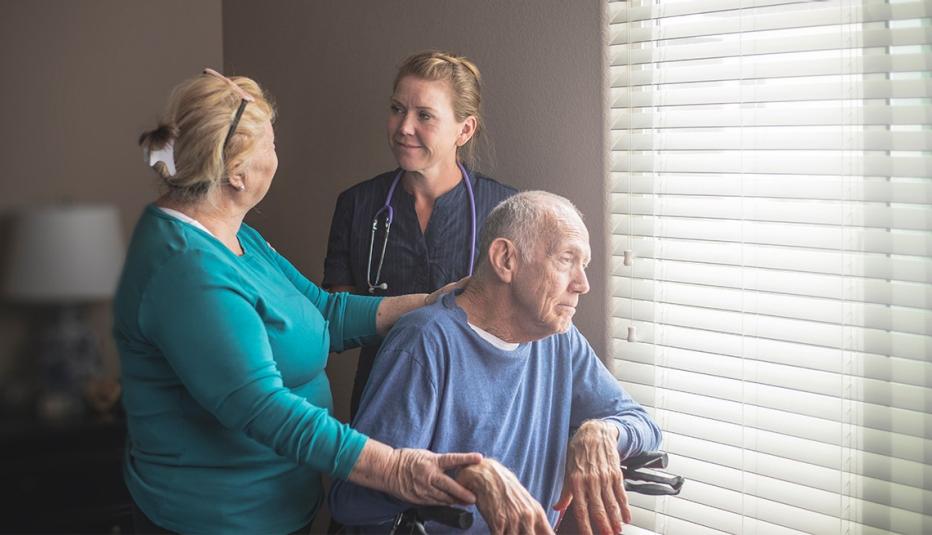AARP Hearing Center


Since it was enacted in 1965, the Older Americans Act (OAA) has provided essential services to adults ages 60 and older and other populations, such as family caregivers of older adults and those with dementia. Its services and programs guide individuals with low incomes, as well as those who are frail and reside in rural areas, in navigating long-term services and supports (LTSS) systems. OAA also provides direct services to both older adults and their family caregivers. It specifically targets older individuals with the greatest economic and social needs.
Importantly, OAA’s services play a key role in preventing more costly institutional services (e.g., nursing homes) and hospitalizations, helping people remain in their own homes, and assisting family caregivers.
However, federal funding has increased only slightly over the past two decades and has not kept pace with the rapid growth of the 60-plus population. While nominal OAA federal funding in fiscal year (FY) 2024 is 41 percent above what it was in FY 2001, the 60-plus population over the same time period has grown by 70 percent. What’s more, the funding is not keeping up with inflation.
In addition to services and supports, OAA has also authorized and/or extended system-level functions, such as the Interagency Coordinating Committee on Healthy Aging and Age-Friendly Communities (ICC), which convened leaders and experts across 16 federal agencies and departments to develop a Strategic Framework for a National Plan on Aging. A national plan for aging is important for coordinating what AARP refers to as “interconnected areas of policy opportunities that can impact the quality of life for millions of older adults” in Aging Well in America, the organization’s own vision for a national plan on aging.
This Spotlight paper breaks down the OAA mission, explains its benefits in detail, and provides an in-depth look at how increased funding could be allocated to better support family caregiver support and nutrition services. It includes the following sections and discussions:
- Basics of the OAA
- Funding for OAA
- OAA funding for the Aging Network
- OAA as a complement, not duplicate, to other programs
- OAA as an essential resource for family caregivers
- OAA funding is inadequate
- OAA helps older adults live at home
- OAA providing a broad vision for the future
The Older Americans Act plays a unique role in the suite of federal programs that support older adults and their families by being the only one of its kind to provide services to older adults while complementing other programs without duplicating services.






























































